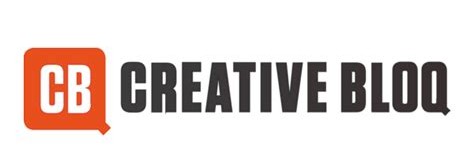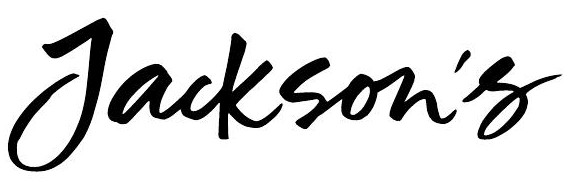Wet-on-wet Techniques for Watercolour, Gouache, and Ink
In this article, I define the wet-on-wet technique for water-based media by looking at examples of it used throughout art history beyond the infamous ‘Golden Age’ of watercolour painting in 18th to 19th-century Britain. I then give demonstrations and practical advice for applying the wet-on-wet technique with watercolours, gouache, and ink with a variety of effects to your own paintings. Articles in the Painting Techniques Series define the meaning and context of art making processes and give practical tutorials on how to work with them. Wet-on-wet Techniques for Watercolour, Gouache, and Ink Definition: The wet-on-wet technique is the application of water-based media to an already wet artwork or surface. The technique can refer to an entire sheet of paper that the artist has washed over with clean water, a specific shape that the artist has wetted with water for the paint to bleed into and fill, or a wet watercolour painting that the artist continues to add to before the first wet layer has dried. When multiple colours are added to the same wet surface, they’re able to bleed, disperse, and mingle together. What is the Effect of Wet-on-wet with Watercolours, Ink and Gouache? The wet-on-wet technique …
The post Wet-on-wet Techniques for Watercolour, Gouache, and Ink appeared first on Jackson’s Art Blog.










